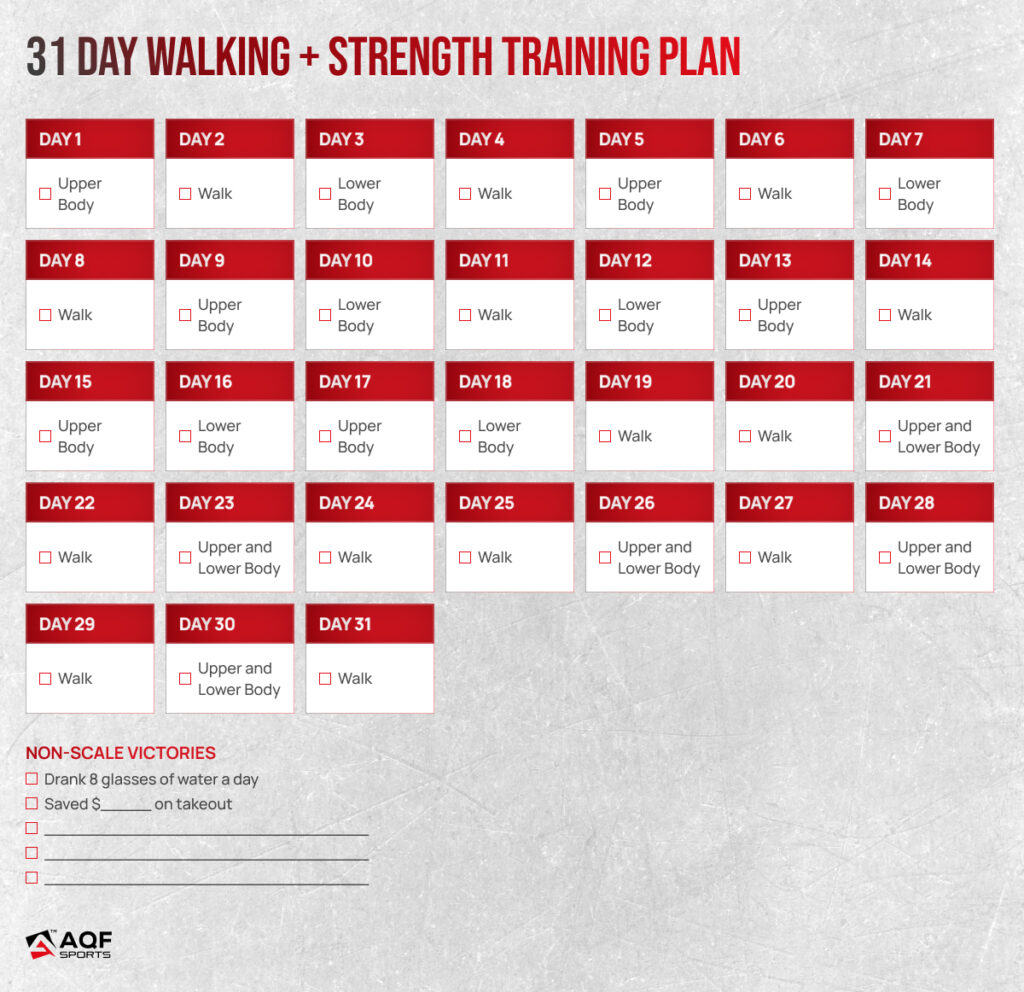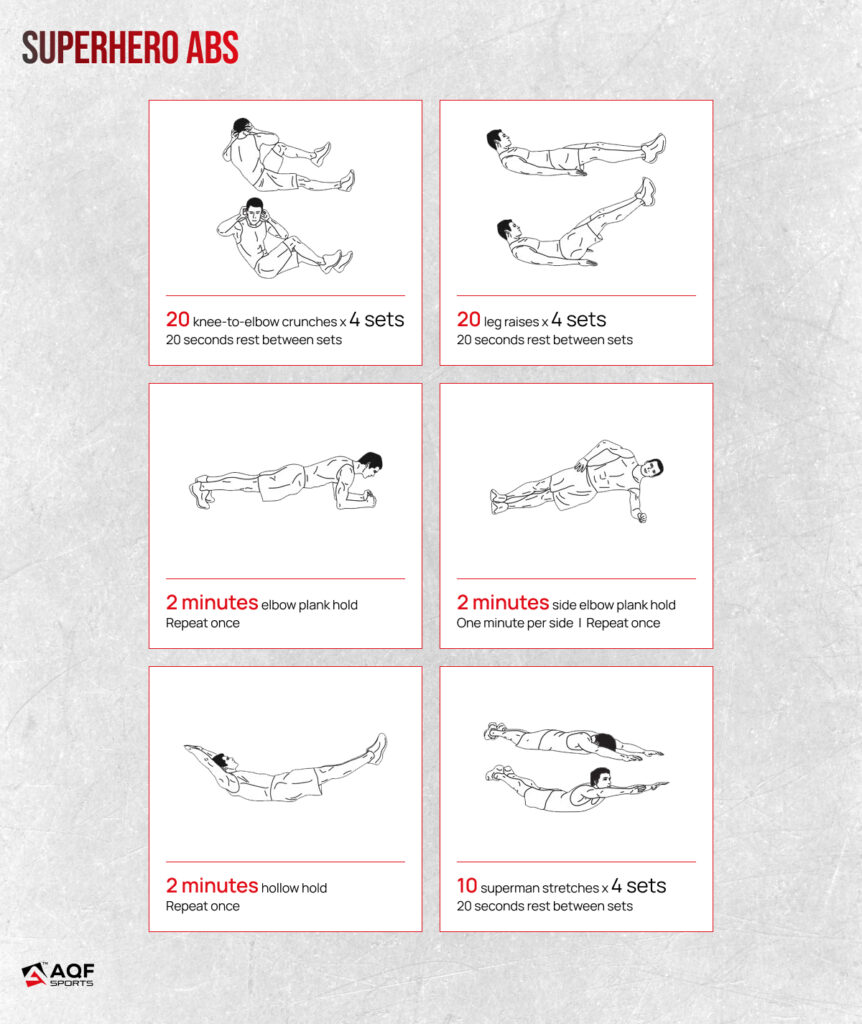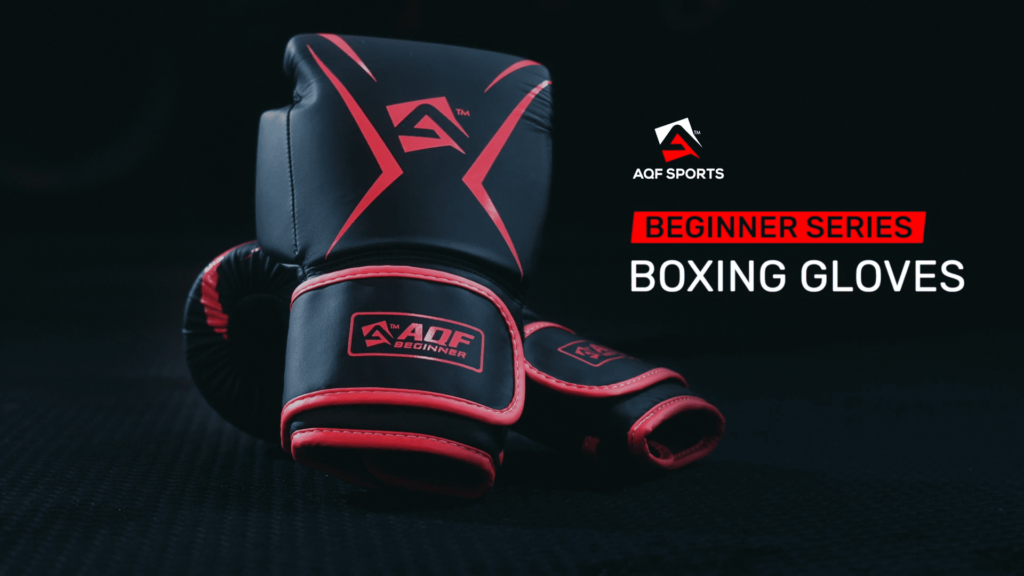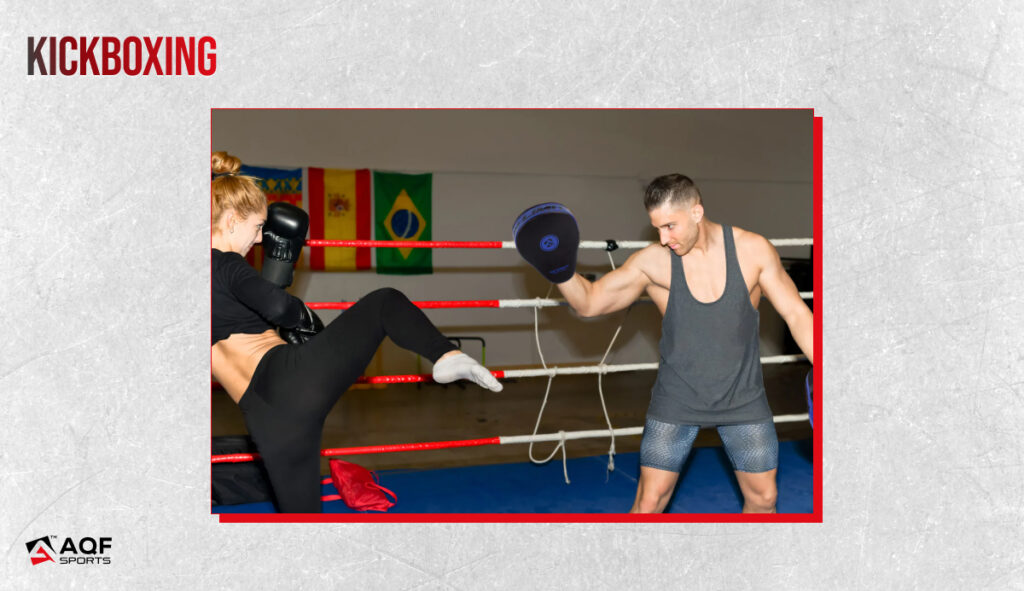New Year Fitness Challenges To Ace Your Fit Game

New Year brings new opportunities for fitness and self-care. It’s the perfect time to look after your fitness goals and spend quality time with your fitness trainer. Whether you have set your fitness resolutions or need some help in getting started, this guide will help you with some helpful tips and fun new year fitness challenges to get the best result.
Common New Year Fitness Challenges
Strength Plateau:
Your muscles get too comfortable with the same exercises, and progress slows down. It’s frustrating when you’re stuck lifting the same weights, and it messes with your motivation.
How to Overcome it:
Implement progressive overload techniques such as drop sets, pyramid sets, or variations in rep ranges. These methods stimulate muscle growth and break through plateaus (Campos et al., 2002).
Core Strength:
Core workouts might be taking a backseat, leaving your midsection underdeveloped. Neglecting your core messes with your balance and stability, impacting overall strength. A strong core enhances overall athletic performance (Willardson, 2007).
Suggested Read: 12 Pulling Exercises for Whole Body Strength Training
How to Improve it:
Integrate compound exercises that engage the core, such as squats, deadlifts, and overhead presses. Additionally, include specific core exercises like planks, Russian twists, and leg raises.
Muscle Development:
Uneven focus on certain exercises or neglecting one side during workouts can throw off muscle development. Muscle imbalances mess with your posture, symmetry, and increase the risk of injury.
Suggested Read: Muscle Building Tips for Women – Top Exercises and Best Meals
How to Improve it:
Incorporate unilateral exercises to address muscle imbalances. Focus on single-leg squats, single-arm rows, and lunges. Unilateral training improves muscle imbalances and enhances stability (Comfort et al., 2012).
Mobility and Flexibility:
Sedentary habits or skipping warm-up stretches can tighten your muscles, limiting movement. Restricted mobility affects your form, raises injury risk, and hampers free movement.
How to Improve it:
Integrate dynamic warm-up routines and mobility drills before workouts. Include exercises like hip circles, shoulder dislocations, and dynamic lunges. Dynamic stretching improves flexibility without compromising strength (Morton et al., 2011).
Explosive Power:
Neglecting explosive movements means your power is not getting enough attention. Explosive power is vital for quick, powerful movements; ignoring it can make you feel sluggish.
How to Improve it:
Incorporate plyometric exercises, box jumps, and explosive movements like power cleans. Focus on controlled explosive movements to enhance power output. Plyometric training improves power and performance (Markovic et al., 2007).
Mind-Muscle Connection:
Losing focus during reps means your mind-muscle connection is taking a hit. Your muscles respond better when you pay attention; neglecting this can limit your gains.
How to Improve it:
Incorporate slow and controlled repetitions, emphasizing the muscle contraction at each phase. Use techniques like isometric holds to enhance mind-muscle connection. Deliberate muscle contractions optimize hypertrophy (Schoenfeld et al., 2015).
Cardio:
Cardio gets all the hype, but too much focus on it can neglect your muscles. Overdoing cardio may compromise your strength gains, affecting overall fitness.
How to Improve it:
Technique: Adopt a balanced approach, incorporating both cardiovascular and strength training. Implement high-intensity interval training (HIIT) to optimize cardio benefits without compromising muscle gains. A balanced approach maximizes overall fitness (Gibala et al., 2012). .
Warm-up and Cool-down:
Rushing through workouts without proper warm-up or cool-down due to time constraints. Skipping these steps increases injury risk and leaves your body feeling off.
Suggested Read: 5-Minute Full Body Cool Down Exercises – 11 Ways to Relax Your Muscles
How to Improve it:
Include dynamic stretches in the warm-up and static stretches in the cool-down. Dynamic stretching enhances performance, while static stretching aids in flexibility (Behm & Chaouachi, 2011).
Fun New Year Fitness Challenges for a Healthier You
New Year fitness challenges can be a great way to kickstart a healthy and active lifestyle. Here are some fun and engaging strength training fitness program types for those looking to get fit from the start of the new year:
30-Day Strength Challenge:
Commit to a month of targeted strength improvement. Choose a specific exercise (e.g., squats, push-ups) and progressively increase difficulty or repetitions over 30 days.
How to Do It:
- Set a baseline for your chosen exercise.
- Increase intensity gradually throughout the month.
- Track progress on a calendar or fitness app.
- Celebrate achievements at weekly intervals.
- Consider sharing progress on social media for accountability.

Superhero Workout Challenge:
Embrace your inner superhero with a workout routine inspired by comic book characters. Include dynamic movements, agility exercises, and bodyweight strength training.
How to Do It:
- Choose exercises related to superhero moves (e.g., Spider-Man lunges).
- Perform the routine 3-4 times a week.
- Dress up as your favorite superhero during workouts.
- Create a supportive online group for fellow superheroes.

Deck of Cards Challenge:
Turn your workout into a game using a deck of cards. Assign different exercises to each suit and draw cards to determine your routine.
How to Do It:
- Assign exercises (e.g., hearts for squats, diamonds for push-ups).
- Draw cards and perform the corresponding exercise and reps.
- Add a time challenge: how fast can you complete the deck?

Bodyweight Bootcamp Challenge:
Engage in a high-intensity bodyweight workout routine that requires no equipment. Focus on exercises like burpees, mountain climbers, and planks.
How to Do It:
- Design a circuit with 5-6 exercises.
- Complete the circuit 3 times, 3 times a week.
- Encourage friends to join for a virtual bootcamp.
Adventure Fitness Challenge:
Combine outdoor activities with strength training. Incorporate bodyweight exercises during a hike or nature walk.
How to Do It:
- Choose a scenic trail.
- Stop at designated points for exercises.
- Explore a new outdoor location each week.

Tabata Transformation Challenge:
Implement Tabata intervals for improved endurance and strength. Choose 4 exercises, and perform each for 20 seconds with 10 seconds rest.
How to Do It:
- Choose exercises (e.g., squats, push-ups, lunges).
- Complete 8 rounds (4 minutes) for each exercise.
- Record time or repetitions to track progress.
Fitness Bingo Challenge:
Create a bingo card with different strength exercises. Complete a line or the entire card throughout the month.
How to Do It:
- Assign exercises to bingo squares.
- Cross off squares as exercises are completed.
- Mix up your routine by completing different lines.

Musical Strength Training Challenge:
Turn your workout into a dance party by assigning exercises to specific songs or genres.
How to Do It:
- Create a playlist with a variety of songs.
- Change exercises with each song change.
- Have fun and dance your way through the routine.
Monthly Warrior Workout Series:
Devote each month to a different warrior theme (e.g., Spartan, Viking) and structure workouts around their training styles.
How to Do It:
- Choose exercises relevant to the warrior theme.
- Perform the workouts 3 times a week.
- Embrace the theme with themed attire or props.
Social Media Fitness Journey:
Document and share your fitness journey on social media. Include workout videos, progress photos, and tips to inspire others.
How to Do It:
- Create a dedicated fitness account or use existing platforms.
- Share regular updates on workouts, progress, and challenges.
- Connect with others using a specific hashtag or join existing fitness communities.
Strength Training Formats to Integrate in Your New Year Fitness Goals
Boxing and Weight Lifting:
This format combines the intensity and cardiovascular benefits of boxing with the muscle-building power of weight lifting. Workouts may include shadow boxing, heavy bag drills, and strength training exercises.
- Dynamic Workouts: The combination of fast-paced boxing drills and the controlled movements of weight lifting creates a dynamic and engaging workout.
- Variety: Switching between boxing and weight lifting adds variety, preventing boredom and keeping participants mentally engaged.
- Full-Body Engagement: Boxing engages the entire body, while weight lifting targets specific muscle groups, providing a comprehensive fitness experience.

Kickboxing:
Kickboxing workouts incorporate powerful kicks, punches, and knee strikes with bodyweight exercises. It’s a high-intensity format that combines cardiovascular conditioning with strength training.
- Stress Release: The explosive and rhythmic nature of kickboxing serves as a great stress reliever, making workouts enjoyable.
- Empowering Movements: Performing kicks and punches can make participants feel empowered and confident, enhancing the overall enjoyment of the workout.
- Calorie Burn: The high-energy nature of kickboxing leads to an increased calorie burn, contributing to fitness goals while having fun.

MMA:
Mixed Martial Arts (MMA) workouts blend various disciplines like wrestling, Brazilian Jiu-Jitsu, and striking arts. It involves a mix of ground and stand-up exercises for a well-rounded fitness challenge.
- Skill Development: Learning and practising different martial arts techniques adds a skill development element to the challenge, making it engaging.
- Realistic Movements: MMA incorporates realistic movements used in combat sports, adding authenticity and excitement to the workouts.
- Team Atmosphere: Training in MMA often involves partner drills, fostering a sense of camaraderie and making workouts more enjoyable.
Integrating these formats into fitness challenges brings diversity, excitement, and skill development, making the journey towards fitness more enjoyable and fulfilling. Participants can experience the benefits of martial arts-inspired workouts while working towards their strength and fitness goals.

The Bottomline
New Year is a wonderful time to kickstart your fitness journey on the right foot. Whether you are struggling with some common fitness issues or need some fun new ideas for new year fitness challenges, this guide will help you through every step of the way. The biggest challenge is to find motivation and being consistent but these challenges can make the whole experience alot more enjoyable!
References:
- Campos, G. E., Luecke, T. J., Wendeln, H. K., Toma, K., Hagerman, F. C., Murray, T. F., … & Staron, R. S. (2002). Muscular adaptations in response to three different resistance-training regimens: specificity of repetition maximum training zones. European Journal of Applied Physiology, 88(1-2), 50-60.
- Willardson, J. M. (2007). Core stability training: applications to sports conditioning programs. Journal of Strength and Conditioning Research, 21(3), 979-985.
- Comfort, P., Pearson, S. J., & Mather, D. (2012). An electromyographical comparison of trunk muscle activity during isometric trunk and dynamic strengthening exercises. Journal of Strength and Conditioning Research, 26(4), 875-881.
- Morton, S. K., Whitehead, J. R., Brinkert, R. H., & Caine, D. J. (2011). Resistance training vs. static stretching: effects on flexibility and strength. Journal of Strength and Conditioning Research, 25(12), 3391-3398.
- Markovic, G., Jukic, I., Milanovic, D., & Metikos, D. (2007). Effects of sprint and plyometric training on muscle function and athletic performance. Journal of Strength and Conditioning Research, 21(2), 543-549.
- Gibala, M. J., Little, J. P., Macdonald, M. J., & Hawley, J. A. (2012). Physiological adaptations to low‐volume, high‐intensity interval training in health and disease. The Journal of Physiology, 590(5), 1077-1084.
- Schoenfeld, B. J., Contreras, B., Vigotsky, A. D., Peterson, M. D., & Alvar, B. A. (2015). Differential effects of heavy versus moderate loads on measures of strength and hypertrophy in resistance-trained men. Journal of Sports Science & Medicine, 14(4), 715.
- Behm, D. G., & Chaouachi, A. (2011). A review of the acute effects of static and dynamic stretching on performance. European Journal of Applied Physiology, 111(11), 2633-2651.





